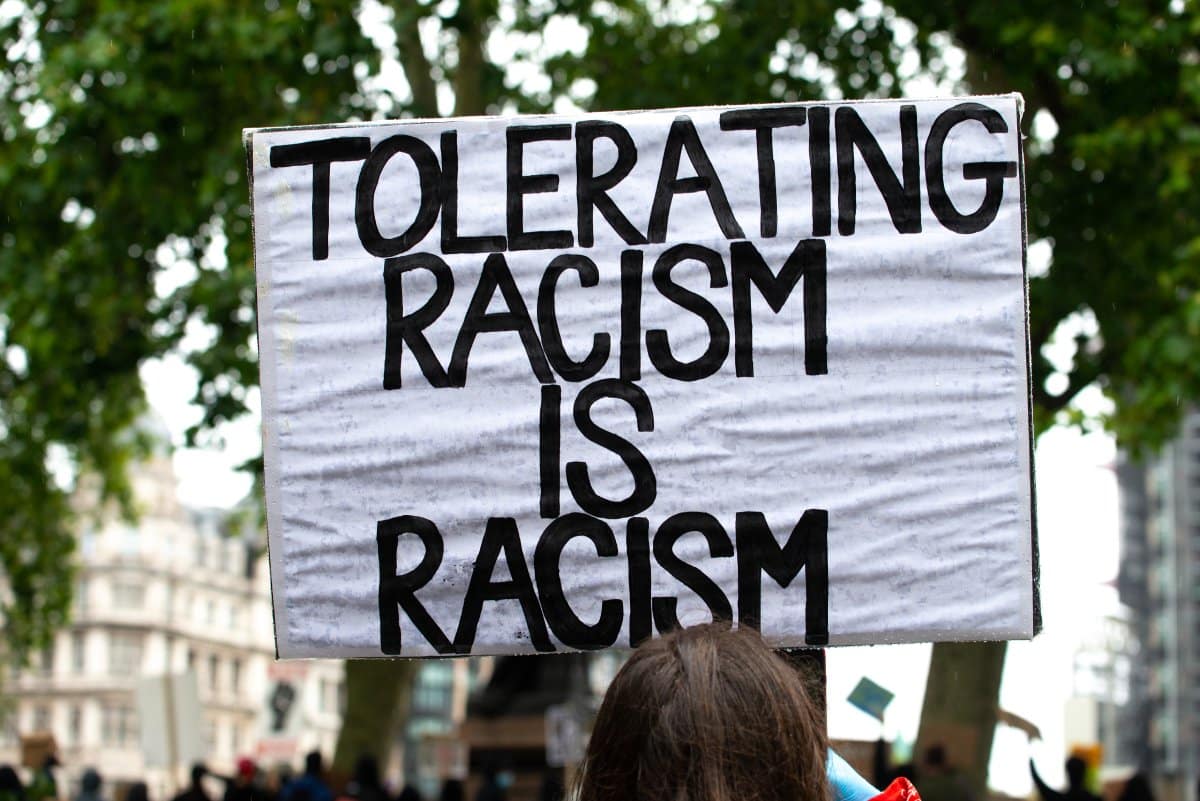Racism isn’t always loud or in your face—it can be quiet, creeping into our daily lives in ways we hardly notice. Have you ever wondered how discrimination sneaks into places it has no business being?
1. Redlining: Still Shaping Neighborhoods
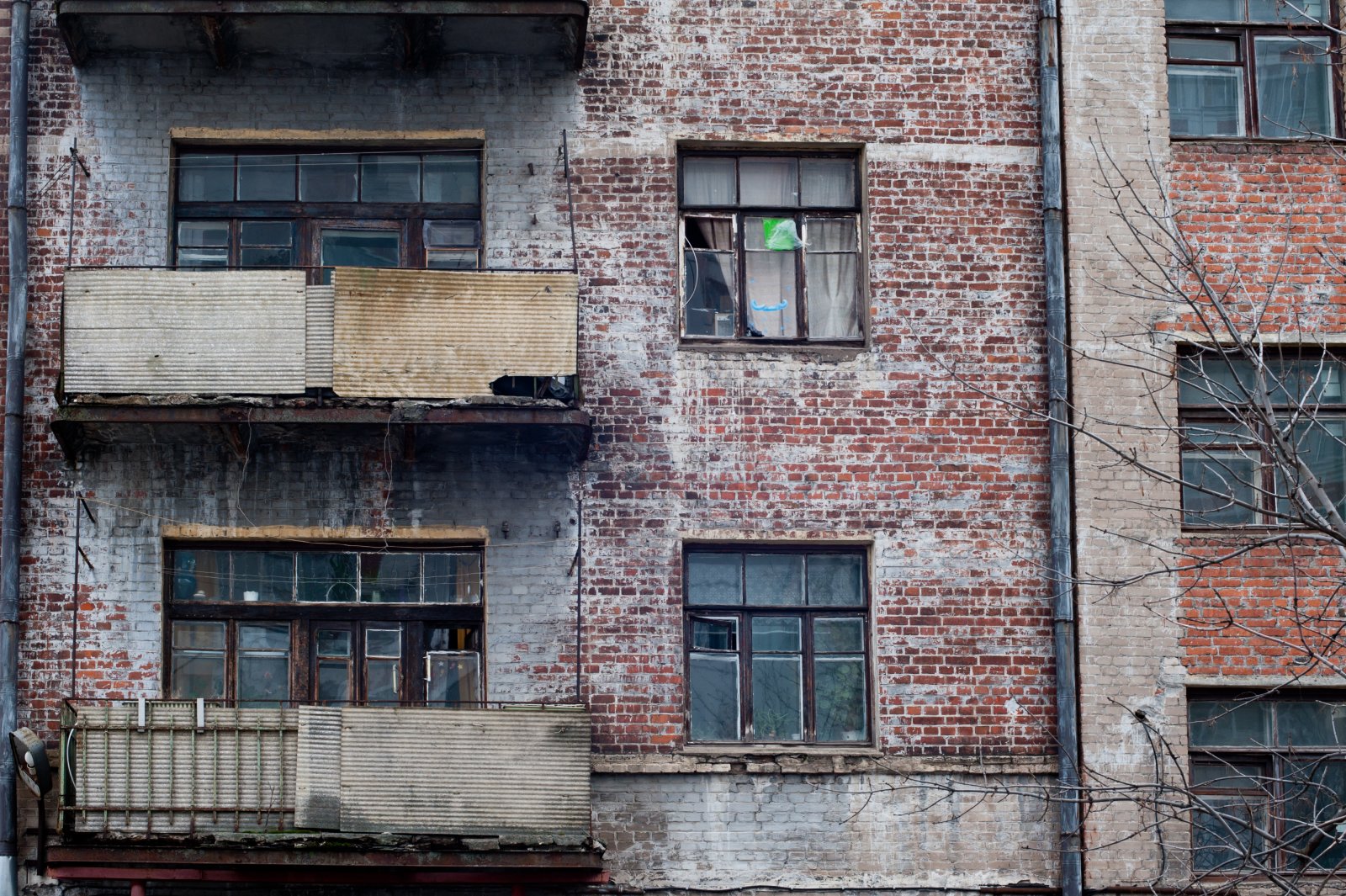
You’d think discriminatory housing policies like redlining were a thing of the past, but they still haunt our communities. Data shows that formerly redlined neighborhoods remain predominantly minority, and their residents continue to face lower property values and fewer resources.
2. Pay Gaps Across Racial Lines
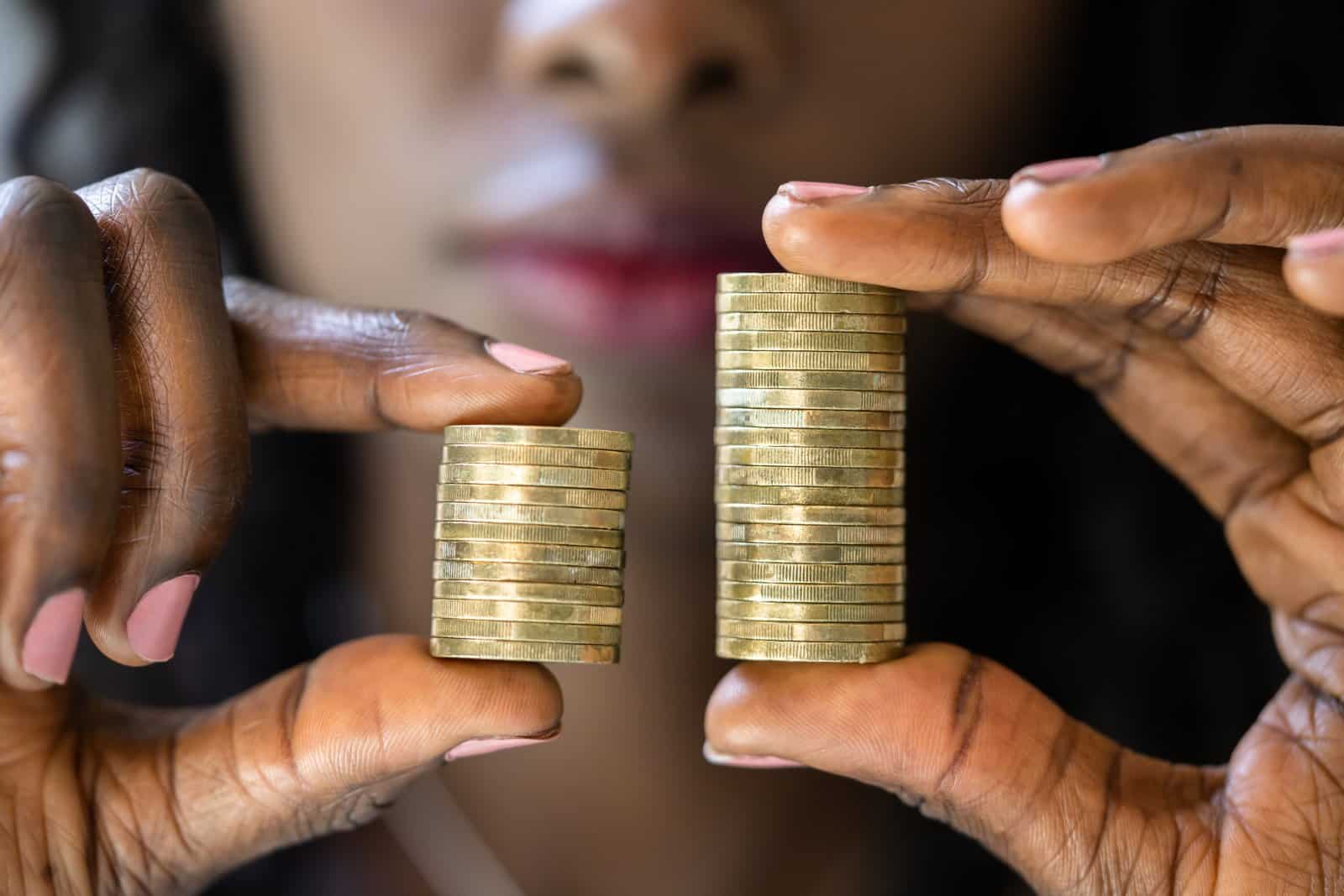
Racial pay gaps persist, with studies showing that Black and Hispanic workers earn significantly less than their white counterparts, even when education and experience are equal. This isn’t just about numbers—it’s about people’s livelihoods and their ability to support their families.
3. Resume Bias: Names Matter More Than Skills

Research shows that job applicants with “ethnic-sounding” names are less likely to get callbacks, regardless of their qualifications. This subtle bias blocks opportunities for countless qualified individuals, all because their name doesn’t “sound” right to a hiring manager.
4. School Funding Inequality
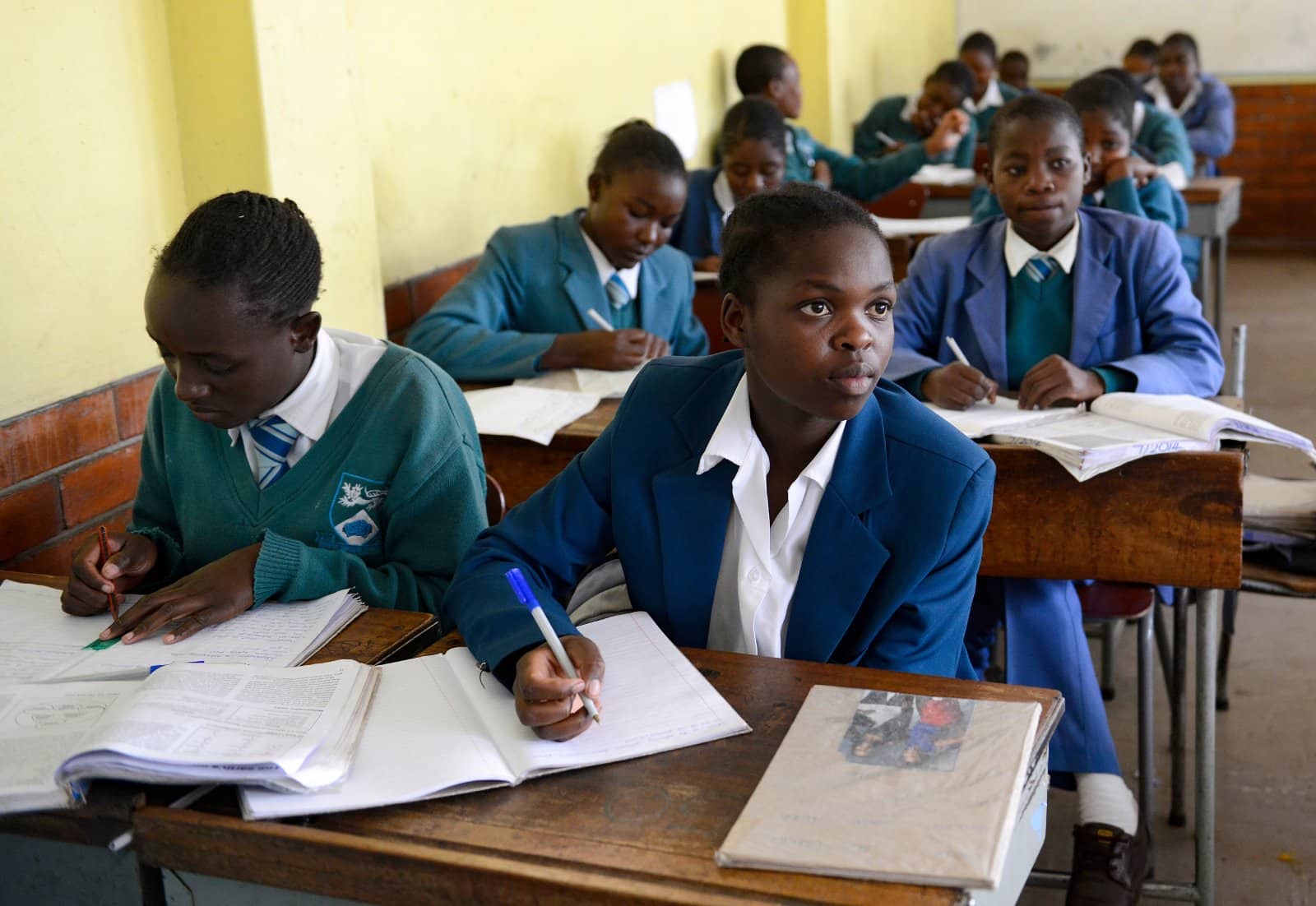
Public schools in predominantly minority areas often receive less funding, which affects everything from textbooks to extracurricular activities. The result? Kids who are already at a disadvantage get an even rougher start, widening the achievement gap from day one.
5. Racial Profiling in Stores

Ever notice who gets followed around in stores? It’s often people of color who face this silent accusation of theft, despite their behavior. Research shows that Black and Latino shoppers are more likely to be scrutinized by store security, even when they’re just minding their own business.
6. Disparities in Healthcare

Minority communities often receive inferior healthcare compared to their white counterparts, leading to worse health outcomes. Studies reveal that racial bias in medical treatment persists, whether it’s fewer pain meds prescribed to Black patients or lower survival rates for minority cancer patients.
7. Media Representation: Still White-Centered

From TV shows to commercials, people of color are still underrepresented or stereotypically portrayed in mainstream media. When entire communities are reduced to harmful clichés, it reinforces negative perceptions and deepens societal divides.
8. Discriminatory Lending Practices

People of color are more likely to be denied loans or charged higher interest rates, even with similar credit profiles to white applicants. This perpetuates wealth disparities and limits minority homeownership and business opportunities.
9. Microaggressions: The Everyday Insults

From comments like “You’re so articulate” to assuming someone’s not from here, microaggressions are the subtle, everyday slights that people of color deal with. While they may seem harmless to some, they carry the weight of deeper prejudice and make life just a little harder.
10. Cultural Appropriation: Cashing In On Others’ Traditions
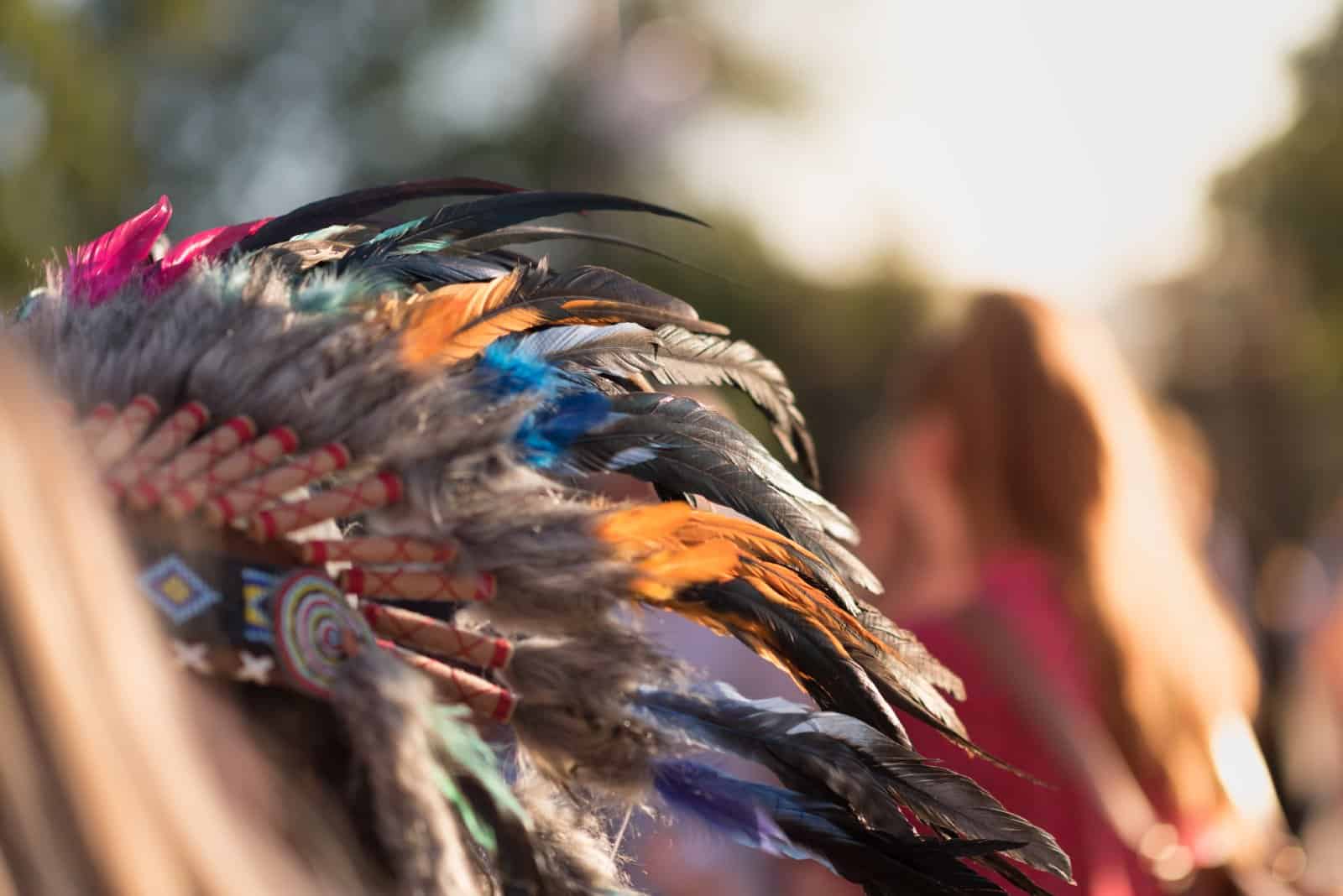
When elements of minority cultures are cherry-picked by the mainstream—think cornrows or Native American headdresses—it’s often done without understanding or respecting the culture behind it. Meanwhile, the people who actually come from those cultures are judged or discriminated against for expressing the same traditions.
11. The Criminal Justice System: Unequal Punishment
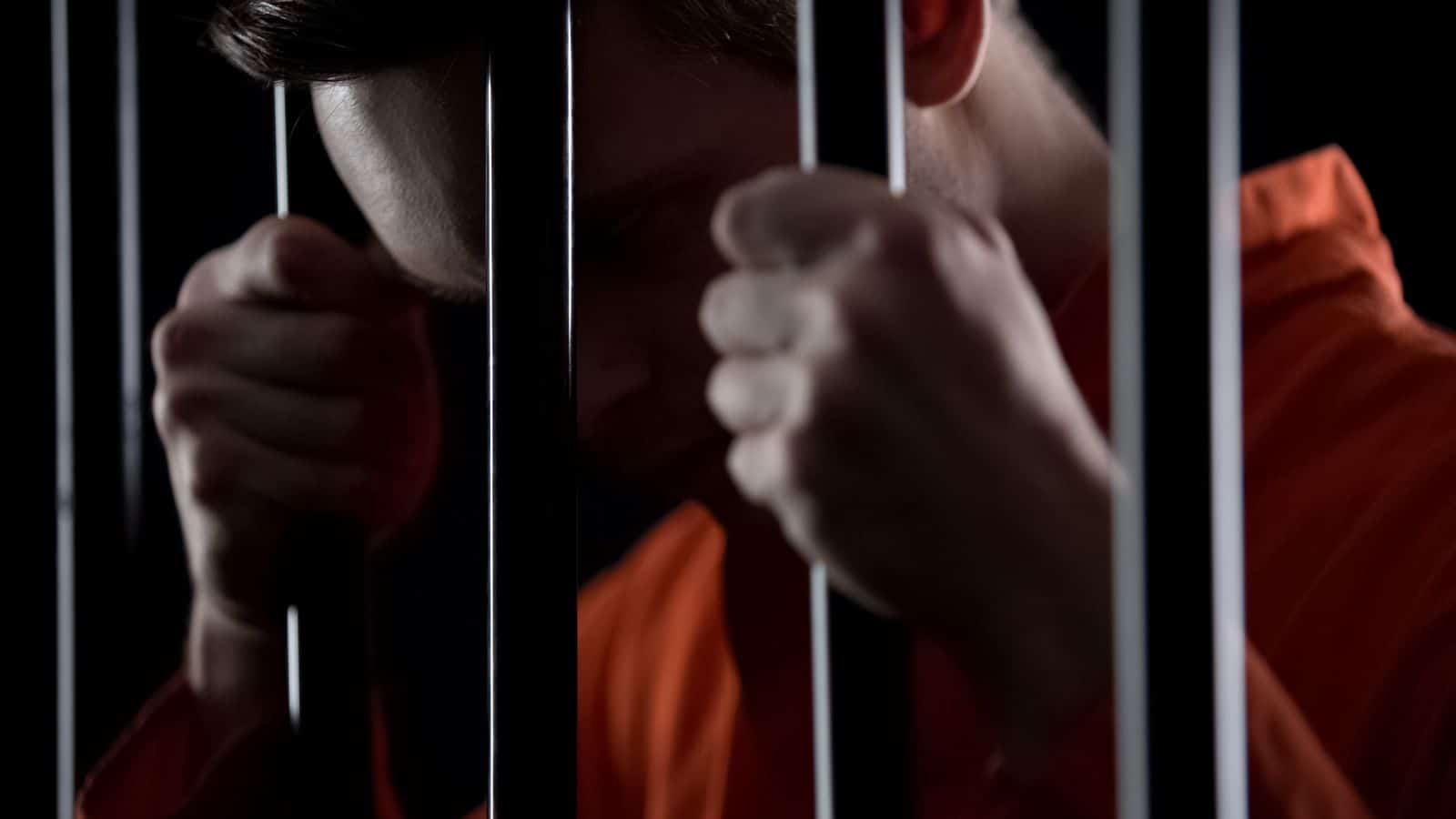
Data shows that Black and Hispanic individuals are more likely to be arrested, charged, and given harsher sentences than their white counterparts for the same crimes. This system of unequal justice ensures that minorities are disproportionately affected by incarceration.
12. Environmental Racism: Pollution Hits Some Harder
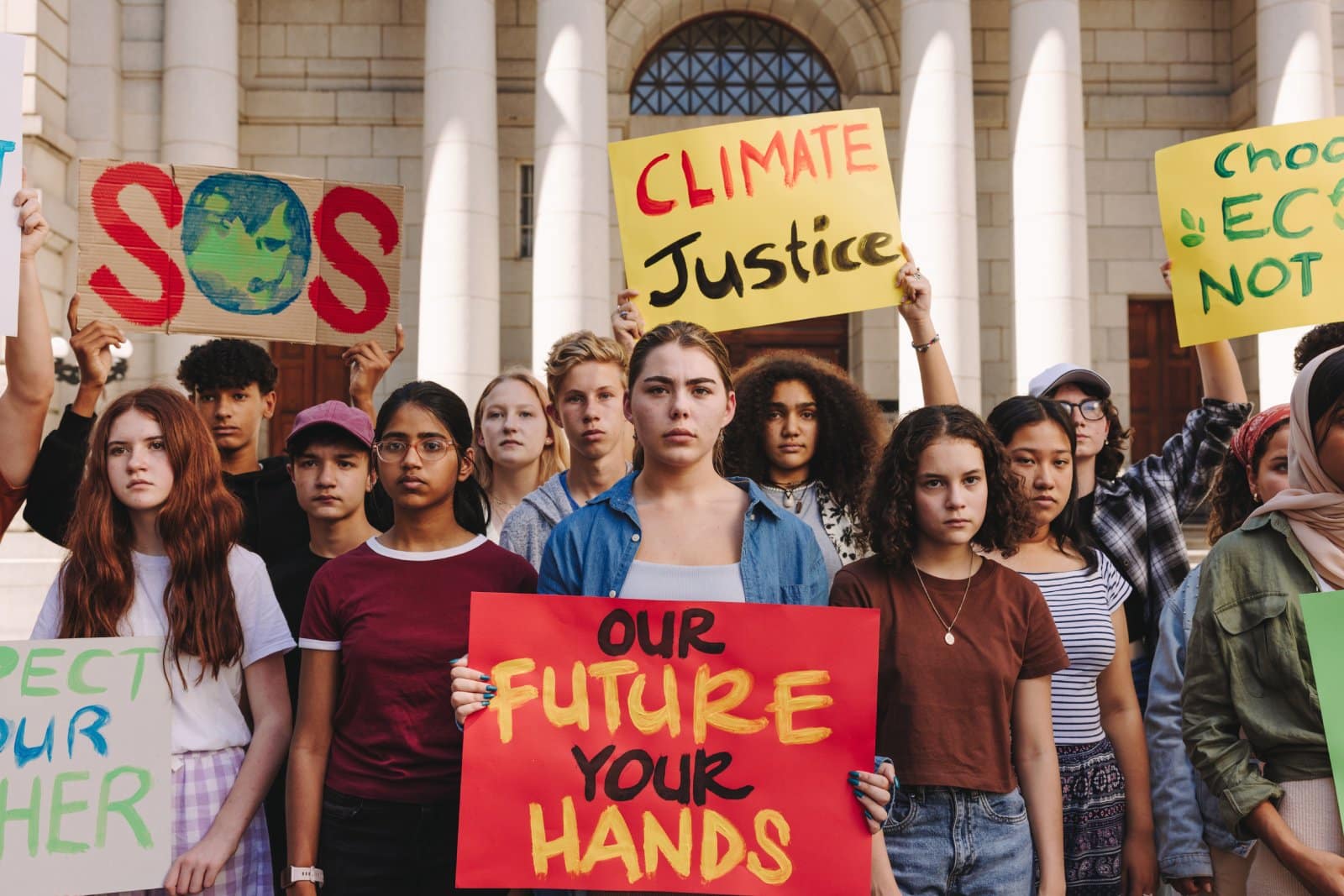
Communities of color are more likely to live near factories, highways, and other sources of pollution, leading to higher rates of asthma, cancer, and other health issues. These areas often lack the political power to push back against harmful environmental practices.
13. Racial Bias in Home Appraisals
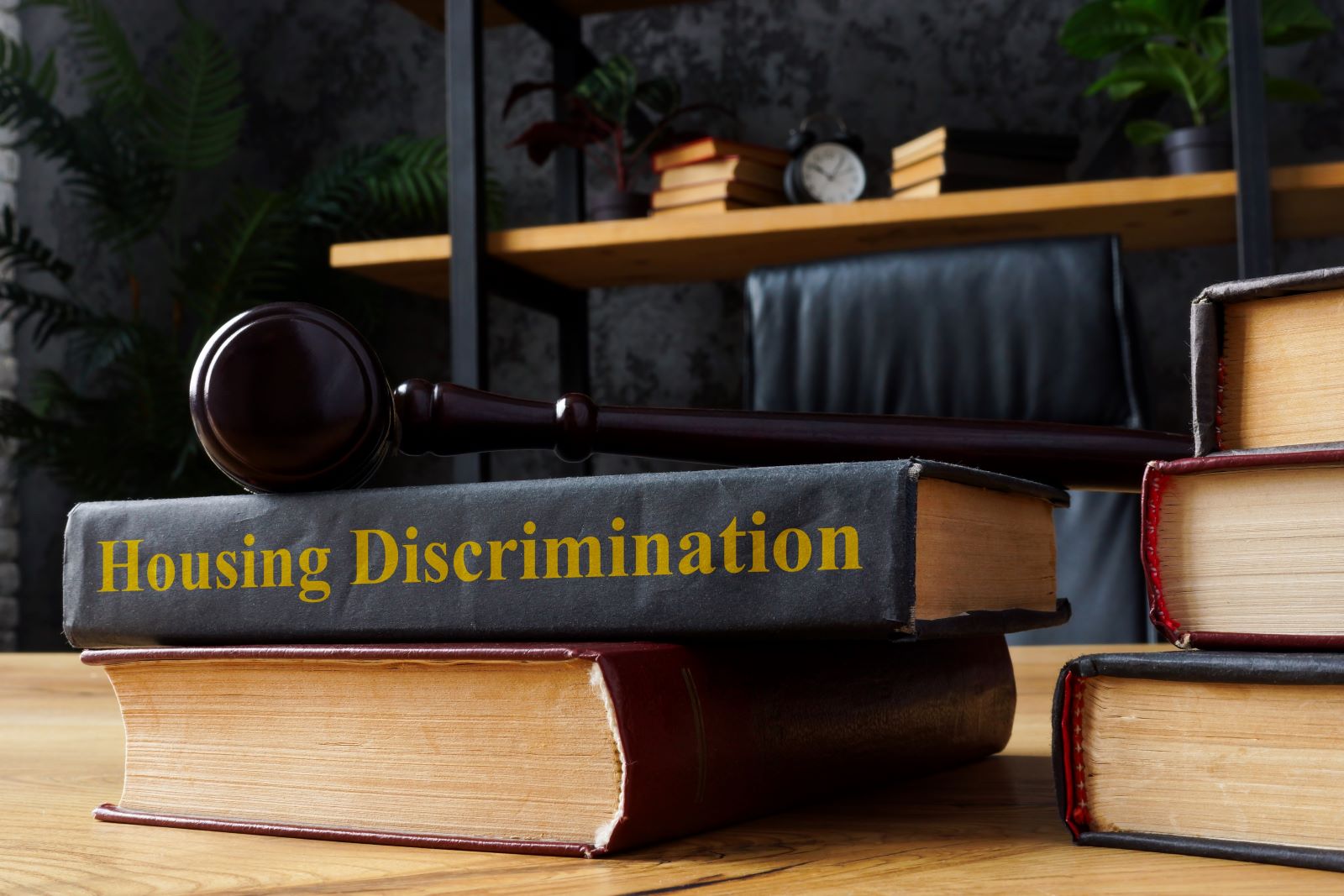
Homeowners of color have reported that their homes are appraised for less when the appraiser knows the property belongs to a minority family. This devalues minority-owned homes and perpetuates the racial wealth gap.
14. Unequal Job Opportunities in Certain Industries

Some industries, like tech and finance, still struggle with diversity, leaving people of color underrepresented. Even when they break into these fields, many report facing a “glass ceiling” that limits their advancement compared to their white colleagues.
15. Segregated Social Circles

Despite the progress of civil rights movements, many social circles remain racially segregated, whether consciously or unconsciously. This lack of interaction between races fuels misunderstanding and perpetuates stereotypes.
16. Food Deserts in Minority Communities

Minority neighborhoods are more likely to be food deserts, with limited access to fresh, affordable produce. This contributes to health disparities, as families are forced to rely on unhealthy, processed foods.
17. Tokenism in the Workplace

Sometimes, companies will hire a person of color to fulfill diversity quotas without giving them real opportunities for leadership or growth. This practice makes diversity seem like a checkbox rather than a commitment to inclusion.
18. Language Discrimination: Accents and Dialects
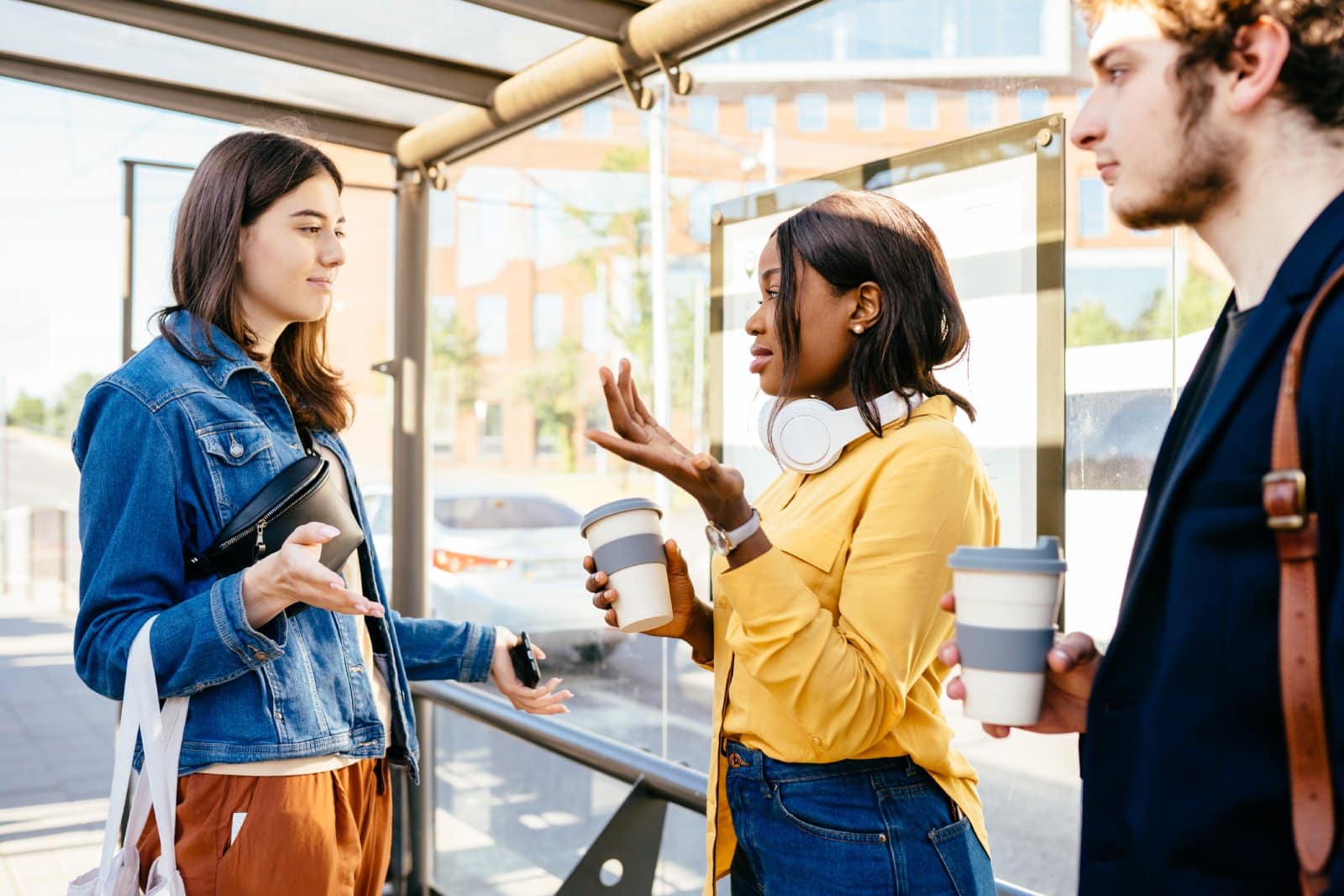
People who speak English with an accent or use non-standard dialects often face discrimination in job interviews, schools, and everyday interactions. This subtle form of racism undermines the value of linguistic diversity and marginalizes those who don’t conform to “standard” English.
19. Gentrification: Pushing Out Minority Communities
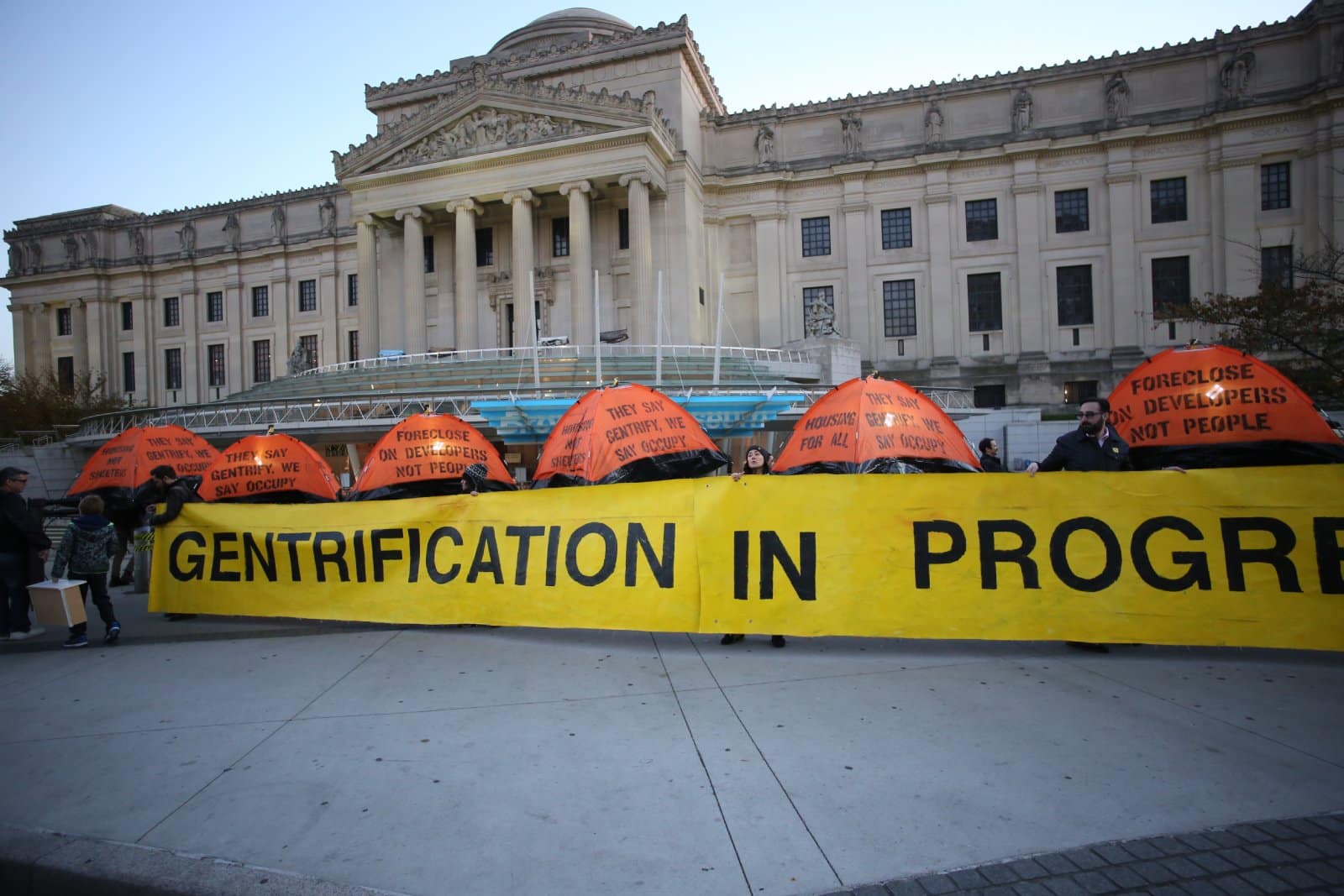
As neighborhoods gentrify, longtime minority residents are often priced out and forced to relocate, losing their homes and communities. This cycle of displacement disproportionately affects people of color, making it harder for them to build generational wealth.
20. Over-Policing in Minority Neighborhoods

Minority communities are often subject to heavier police presence and more aggressive law enforcement tactics. This over-policing leads to higher arrest rates for minor infractions and a strained relationship between these communities and law enforcement.
The Fight Isn’t Over
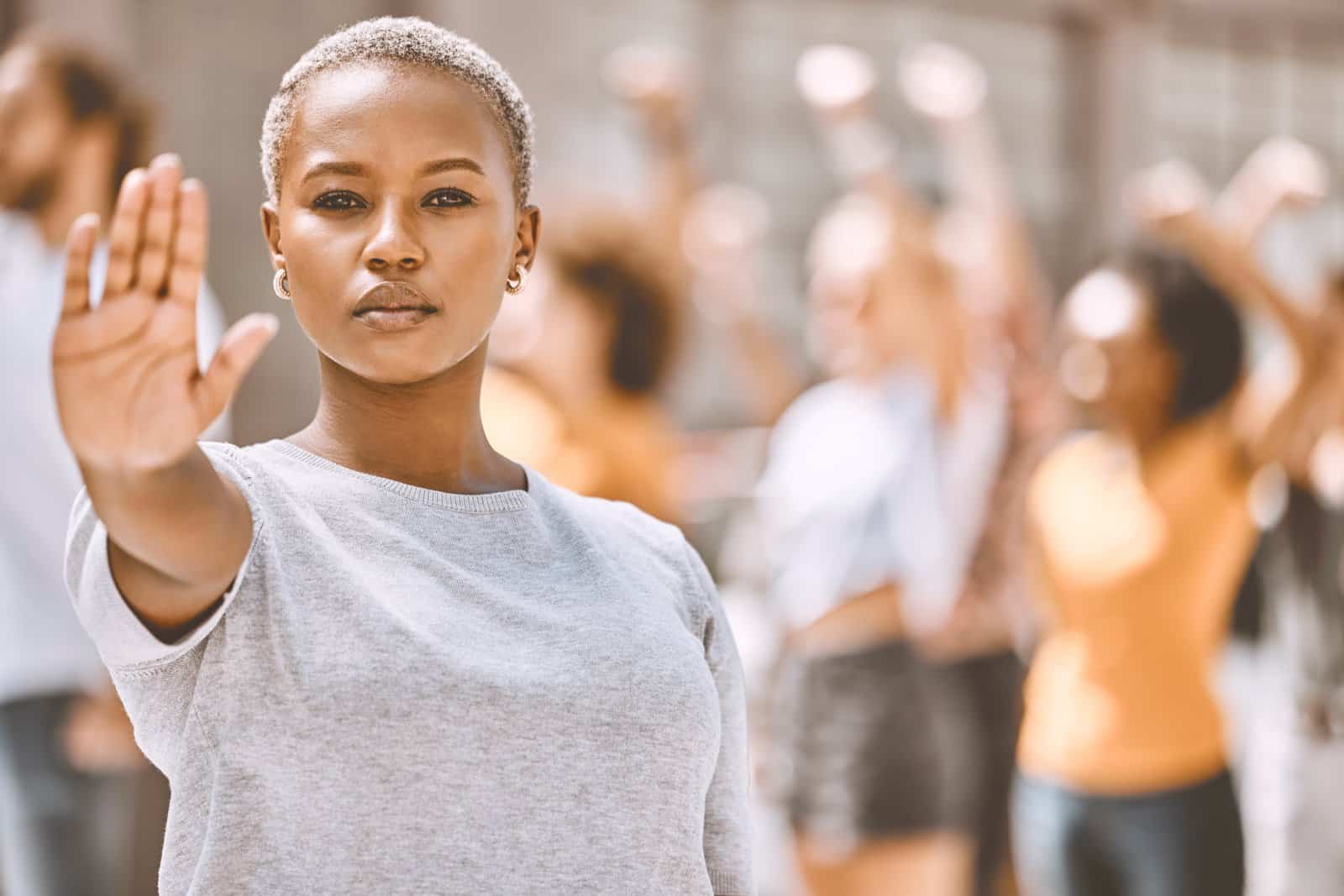
These subtle forms of racism may not make headlines, but they shape lives in very real ways. The fight against discrimination isn’t just about calling out the obvious—it’s about recognizing and addressing the everyday injustices that often go unnoticed.
21 Ignorant Lies About Americans the Rest of the World Claims Are True
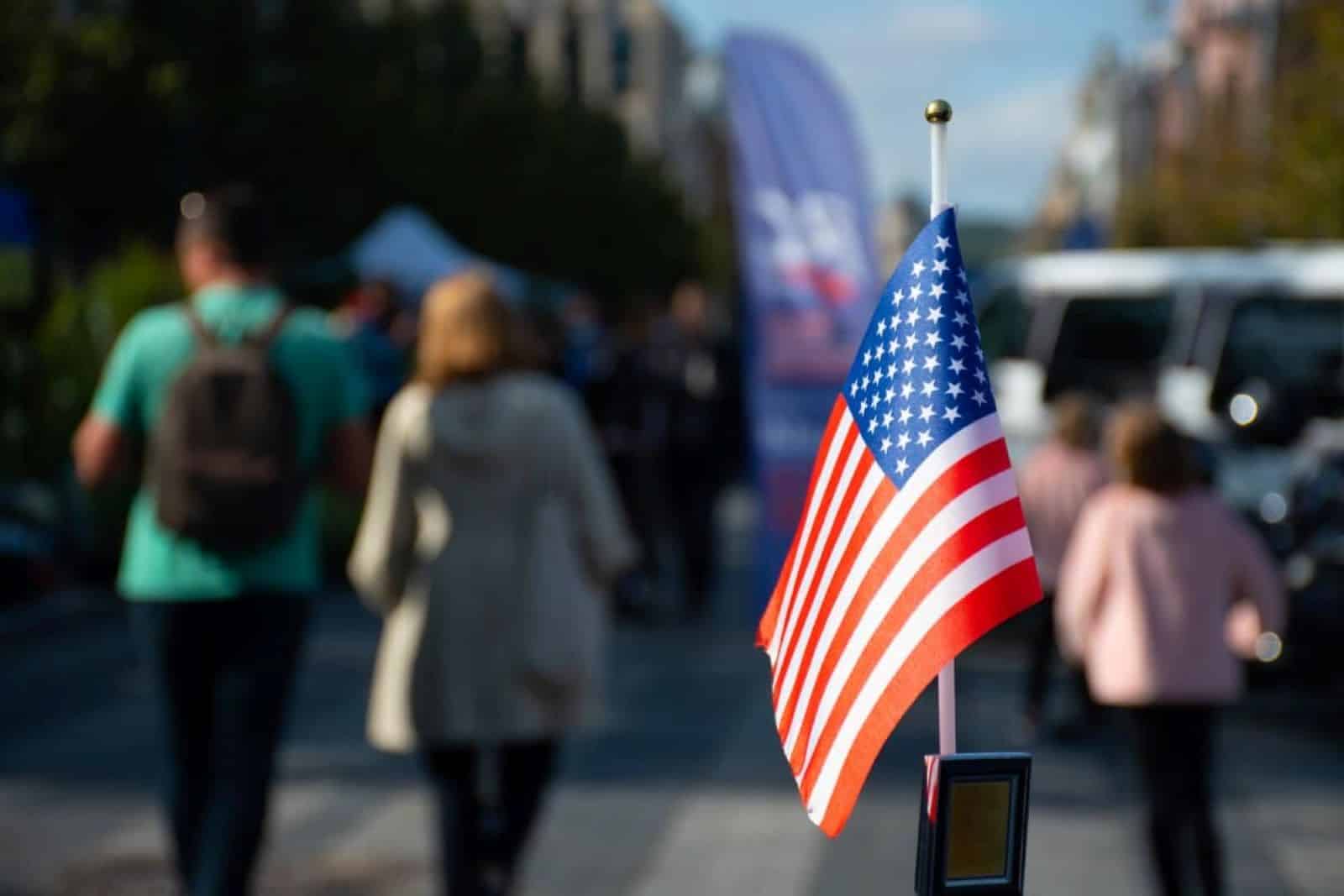
Americans are often the subject of wild assumptions and exaggerated stereotypes. Are these misconceptions affecting how the world views the average American? 21 Ignorant Lies About Americans the Rest of the World Claims Are True
Flawed Gender Tests: Olympic Committee Sends Plea to Boxing Officials
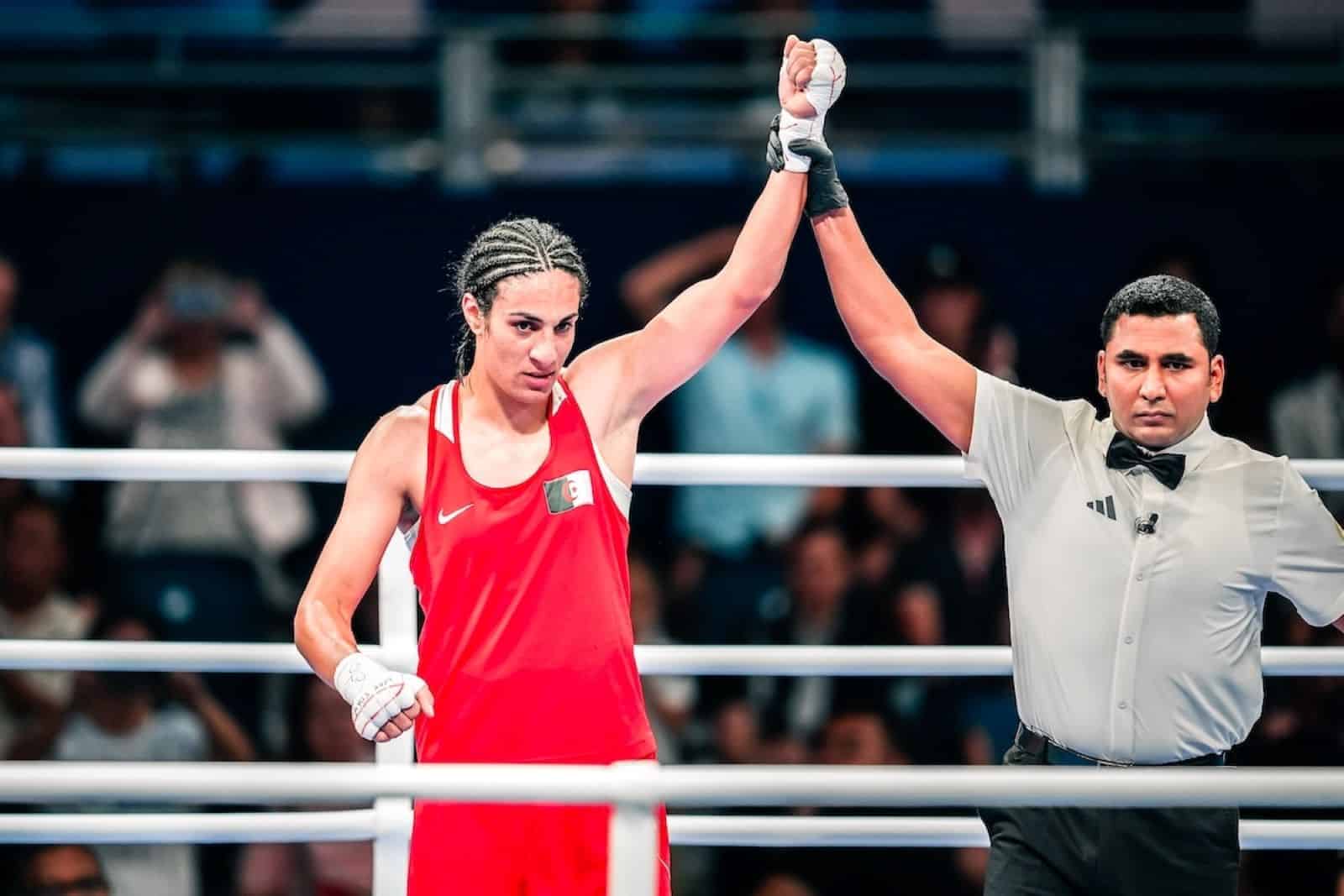
The International Olympic Committee has declared old boxing gender tests as flawed and illegitimate. This has arisen amid discussions regarding gender in Olympic female boxing matches. Flawed Gender Tests: Olympic Committee Sends Plea to Boxing Officials
Social Security Sham: 18 States Slashing Benefits
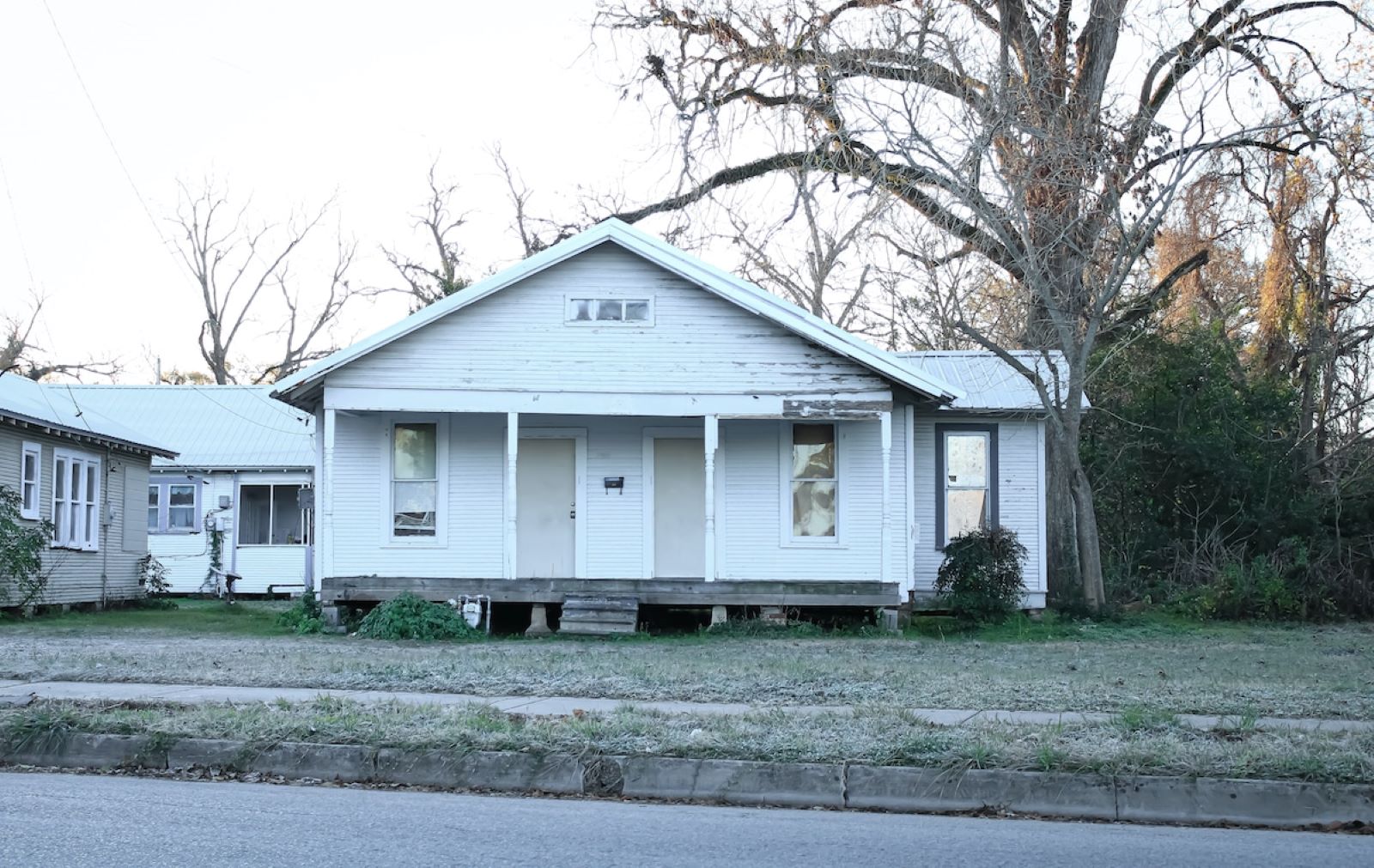
When you think about retiring, you might picture relaxing and traveling during your golden years. Social Security benefits help with this, but taxes can change depending on where you live. In some states, you might end up paying more taxes on your benefits. Let’s check out the 18 states where retirees face higher taxes on their Social Security benefits. It’s important to know so you can plan ahead and make the most of your retirement savings. Social Security Sham: 18 States Slashing Benefits
Featured Image Credit: Shutterstock / John Gomez.
For transparency, this content was partly developed with AI assistance and carefully curated by an experienced editor to be informative and ensure accuracy.
The images used are for illustrative purposes only and may not represent the actual people or places mentioned in the article.

